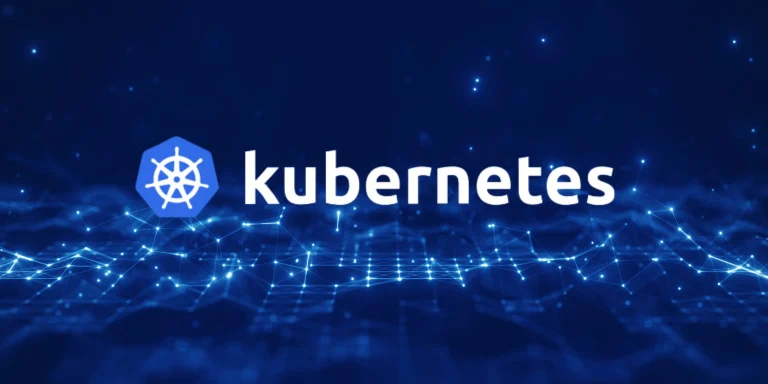By 2024, the cloud will be much more than just a business enabler; it will also be a way of building a brighter, greener world. Your business is operating in an environment where financial prudence and environmental responsibility no longer remain mere expectations but are imperatives.
Optimization pressure on cost and stringent environmental regulations were never so intense. Companies now see that for financial success to be achieved, innovative practices with financial success going hand in glove with sustainability are to be done.
This change has given birth to FinOps and GreenOps—two disruptive methodologies that are altering today how companies manage their finances and impact the environment. The rise of FinOps and GreenOps symbolizes a huge turn toward more intelligent and conscious operations.
But what is FinOps and GreenOps, and why are they becoming indispensable? In this blog, we will discover the connection between these two methodologies and how they influence the world.
A Brief Overview
FinOps and GreenOps, a powerful duo that has already taken the tech space by storm. Those aren’t any power suits; they’re the ultra-powerful architectures that can transform cloud IT.
FinOps operates just like the digital financial advisor of your cloud usage: it tracks where your cloud cash is draining and how to improve the spending.
At the same time, GreenOps is a champion for the environment—the cloud platform’s environmental guardian, ready to help keep digital contrails light on the environment.
Understanding FinOps
FinOps, which stands for Financial Operations, is a management practice that is tied to the application of financial rigor and principles of Agile into the optimized spending of cloud. It refers to the cross-functional collaborative working between the finance, operations, and technology teams in doing financial management efficiently. Key principles behind it are real-time visibility into spending, cost allocation by teams, and a method of continued improvement through iterative processes.
Key Benefits
Having FinOps as a business practice has several advantages. This involves enhancing cost transparency, because a company can know where money is being spent and hence locate possibilities for economy in cost. Accountability makes teams more conscious, and hence strategic, about their spending. FinOps will also support scalability when companies can control a rising cost effectively while their business grows. Above all, FinOps leads to superior financial results and sustainable growth in business by aligning spending to business goals.
Understanding GreenOps
Operational strategy toward minimal environmental impact with best sustainable practices. It folds environmental consideration in all aspects of business operations. From resource management to lessening waste. Its core principles include energy efficiency, resource optimization, and reducing carbon footprints through fresh solutions and technologies.
Key Benefits
GreenOps has several advantages for the business. It allows compliance with the requirements set by the regulators, reduces the risk of incurring fines, and avoids litigation. Sustainability practices induce a brand value boost and thus attract eco-sensitive customers and investors. It saves money, bringing about reduced levels of waste and energy consumption. Besides, GreenOps is an impetus to innovation, as companies devise new eco-friendly processes and products. In a nutshell, GreenOps entails long-running sustainability and resilience in the increasingly environmentally sensitive market.
Importance Growing in 2024
The reason why FinOps and GreenOps will see so much widespread adoption in 2024 is that there are a variety of drivers forcing their implementations. Economic pressures is one of them forcing businesses to adopt cost-efficient solutions. For them to be competitive, and the pressure to optimize business spending is also mounting.
Especially within cloud computing, making FinOps a salient practice in the bid for financial efficiency. Concurrently, issues like environmental concerns have been on the rise. Also, there has been greater government and regulatory enforcement on issues around environmental concerns. So, businesses need to be sustainable to operate within these regulations; in which case, GreenOps is driven by both legal and reputational needs.
Technological innovation is no less relevant. Improvements in data analytics and automation support more efficient implementations of both FinOps and GreenOps. Advanced tools which companies now use to monitor and manage their financial and environmental performance can now be used in real-time. The major statistics and the trends in the market for the rise of FinOps and GreenOps reflect a very high increase in the number of organizations that have taken up these practices.
Best Practices for Implementing FinOps and GreenOps
In this regard, both FinOps and GreenOps require a strategic implementation that employs state-of-the-art tools. With smart use of sustainable management in their operation. AI-driven tools will drive this collaboration across functions. Bridging traditional silos in process optimization with financial management platforms.
Next-generation companies will foster a culture of sustainability throughout the enterprise, enabled by continuous monitoring, full environmental assessments, and integration of practices.
FinOps Best Practices
- Cross-functional Collaboration: Establish a dedicated FinOps team comprising finance, operations, and technology domain expertise to act in concert toward comprehensive financial oversight.
- AI-driven and Automation Tools: Use AI-based financial management tools like CloudHealth and Apptio for real-time visibility into cloud spend and cost optimization processes.
- Continuous Monitoring: Continuously monitor and report on expenses to ascertain that there are cost-saving opportunities at the most nascent stage.

GreenOps Best Practices
- Comprehensive Impact Assessment: Businesses should undertake a detailed environmental impact assessment to highlight areas for improvement in resource use and waste management.
- Sustainable Management: Provide the mechanisms for sustainable management through renewable energy, waste reduction, and resource efficiency. It can also be monitored on platforms like EcoTrack or even Salesforce Sustainability Cloud.
- Employee Engagement: A culture of sustainability instilled through employee engagement with training programs should be followed, and eco-friendly practices should be encouraged top down at all levels of the organization.
A Sustainable Future
Zero-waste creation within cloud infrastructure is another core tenet for rise of FinOps and GreenOps. Driving cost-effective and sustainable business success in an environmentally friendly way. This changes the cloud from being just a business tool to a potent mechanism for building a brighter, greener future. For the business and the planet, it is not simply a revolution of profit but one of maximizing potential.
FinOps and GreenOps stand for responsible innovation, ensuring that technology supports continuous improvement and sustainability. These twin philosophies will jointly pave the way toward a more efficient, ecological cloud landscape.
Closing Thoughts
The rise of FinOps and GreenOps signifies a new era in business operations. As we embrace this change, the future looks promising for both financial efficiency and environmental sustainability. This trend is not just about keeping up with regulations or cutting costs; it’s about creating a legacy of responsible and intelligent business practices. It is more than a trend—it’s a commitment to a sustainable and financially wise future.







